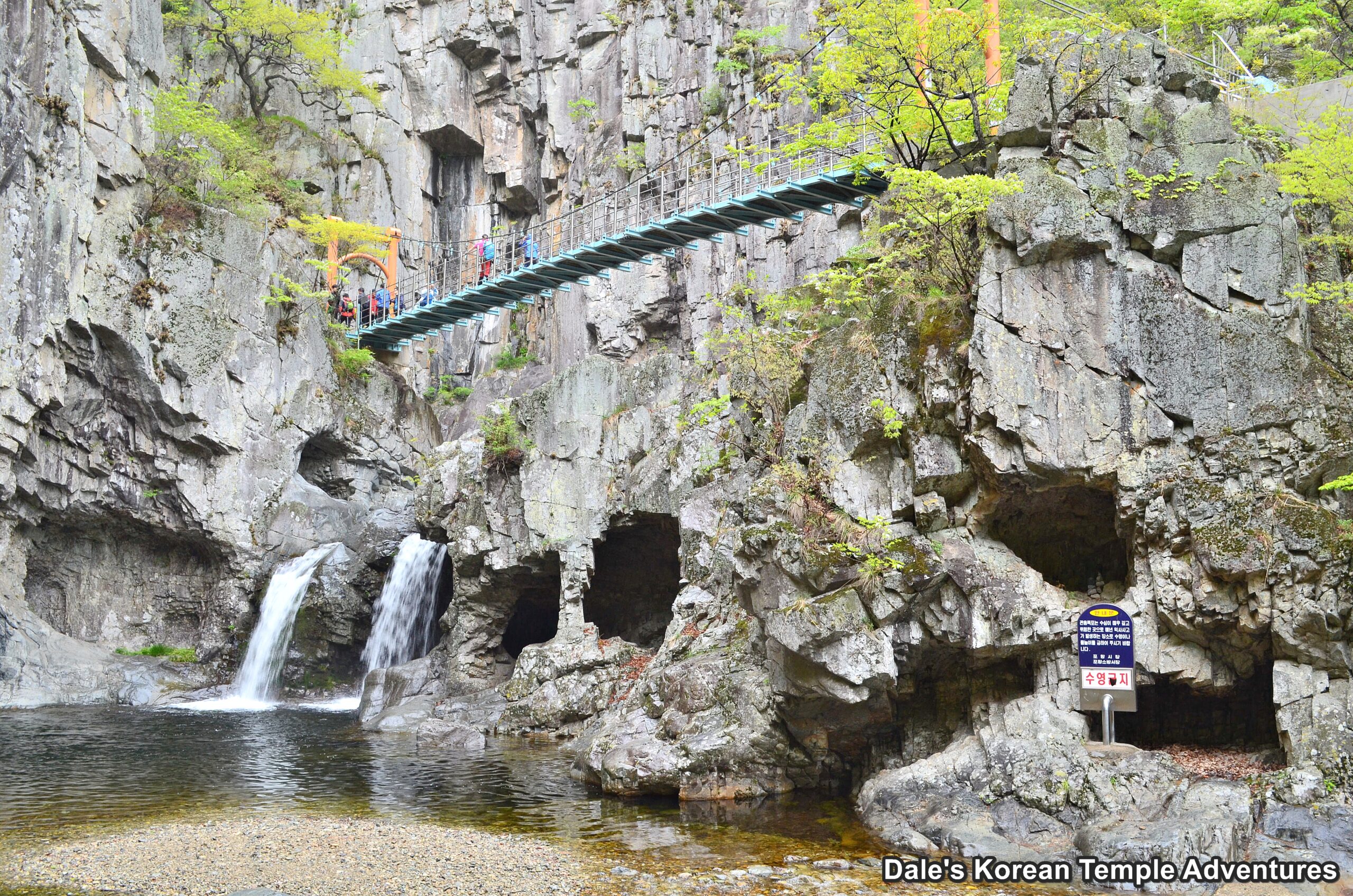
Hello Again Everyone!!!
Bogyeongsa Temple, which is located in northern Pohang, Gyeongsangbuk-do, is situated to the east of Mt. Cheonryeongsan (774.8 m). Bogyeongsa Temple was first built in 603 A.D., during the reign of King Jinpyeong of Silla (r.579 – 632 A.D.) by the monk Jimyeong. Upon his return to the Silla Kingdom from studying in Tang China, Jimyeong instructed King Jinpyeong of Silla, “If you discover an auspicious site on a famous mountain on the east coast, bury Palmyeong-bogyeong [scripture], and build a Buddhist temple, you will be able to prevent Japanese pirates from invading the Silla Kingdom, and you will unify the Three Kingdoms.” The king was happy to hear this, so he traveled north along the coast of Pohang. While there, he saw a mountain covered with clouds with five colours. That mountain was Mt. Naeyeonsan (711.3 m). So King Jinpyeong filled in a large lotus pond under Mt. Naeyeonsan, and buried the eight-sided bogyeong (scripture). In the process of doing this, the king also founded Bogyeongsa Temple. The name of the temple comes from this founding myth. “Bogyeong,” in English, means scripture. So the name of Bogyeongsa Temple means “Scripture Temple,” in English. Purportedly, these very same scriptures that King Jinpyeong of Silla buried at Bogyeongsa Temple are now buried under the historic Jeokgwang-jeon Hall.
In total, Bogyeongsa Temple is home to four Korean Treasures. Also, there are four hermitages that are on the Bogyeongsa Temple grounds. They are Daeryeonam Hermitage, Seounam Hermitage, Munsuam Hermitage, and Bohyeonam Hermitage.
When you first approach the temple grounds, and past the temple ticket booth, you’ll be greeted by the colourfully ornate Iljumun Gate (One Pillar Gate). A little further up the trail, and you’ll be greeted by yet another Iljumun Gate. While not as ornate as the first, there’s a beautiful grove of twisted red pines just beyond the second Iljumun Gate.
At the bend in the trail, you’ll come to a clearing with a bridge, where you can see the rest of Bogyeongsa Temple. As you draw closer to the main temple grounds, you’ll be welcomed by the Cheonwangmun Gate, which houses the Four Heavenly Kings. If you look at the feet of the Four Heavenly Kings, you’ll notice some tortured demons being trampled underfoot. Past this gate, and before you come across the historic Jeokgwang-jeon Hall, you’ll notice a rather simple five-story pagoda that dates back to 1023 A.D., during the early part of the Goryeo Dynasty (918-1392). Around the body of this pagoda, you’ll see reliefs of doors on both the north and south side of the pagoda.
Past this Goryeo-era pagoda, you’ll next come to the Jeokgwang-jeon Hall. Housed inside this shrine hall are a triad of statues resting on the main altar. Seated in the centre sits Birojana-bul (The Buddha of Cosmic Energy). This central statue is flanked by two statues of Munsu-bosal (The Bodhisattva of Wisdom) and Bohyeon-bosal (The Bodhisattva of Power). The entire interior of the Jeokgwang-jeon Hall is adorned with smaller sized crystal statues of Birojana-bul. There’s also a Shinjung Taenghwa (Guardian Mural) that hangs on the right wall. As for the exterior, there are beautiful pastoral paintings that adorn the Jeokgwang-jeon Hall’s walls. The stone bases that support the gateposts reveal that the original Silla material was used at the time of the hall’s restoration. Also, around the wooden base of the Jeokgwang-jeon Hall, you’ll find elaborately carved decorative wooden lions. The Jeokgwang-jeon Hall is the oldest shrine hall at Bogyeongsa Temple. While the exact date of the Jeokgwang-jeon Hall is unknown, it was reconstructed in 1678. The Jeokgwang-jeon Hall is also Korean Treasure #1868.
Climbing a set of stairs to the rear of the Jeokgwang-jeon Hall, you’ll see the Daeung-jeon Hall. This rather large main hall has a triad of statues resting on the main altar. In the centre sits a simple statue of Seokgamoni-bul (The Historical Buddha). This statue is joined on either side by Mireuk-bul (The Future Buddha) and Yeondeung-bul (The Past Buddha). On the far right wall hangs another Shinjung Taenghwa (Guardian Mural). And the exterior walls to the Daeung-jeon Hall are adorned with pastoral paintings.
Behind the Daeung-jeon Hall are a row five shrine halls in the upper courtyard. The hall to the far right is the Myeongbu-jeon Hall. Housed inside this hall is a green haired statue of Jijang-bosal (The Bodhisattva of the Afterlife) on the main altar. This statue is joined on both sides by the Shiwang (The Ten Kings of the Underworld). These statues of the Shiwang are then backed by beautiful murals of the Ten Kings of the Underworld ruling over their part of the underworld.
Next to the Myeongbu-jeon Hall is the Sanryeong-gak Hall. This hall houses the sixteen Nahan (The Historical Disciples of the Buddha). These simplistic statues are joined on the main altar by colourful statues. In the centre rests Seokgakmoni-bul. And this statue is flanked by two colourful statues of Munsu-bosal, who is riding a blue tiger; and Bohyeon-bosal, who is atop a white elephant. And next to the Sanryeong-gak Hall is the Josa-jeon Hall. This hall, which is known as the Founders’ Hall, in English, houses paintings of prominent monks that once called Bogyeongsa Temple home. These murals include Samyeong-daesa (1544-1610) and Wonjin-guksa (1171-1221). Additionally, there’s a unique statue of Wonjin-guksa on the main altar of the Josa-jeon Hall.
The final two shrine halls in this area are the Sanshin-gak Hall and the Palsang-jeon Hall. Inside the Sanshin-gak Hall, you’ll find a beautiful gold foil painting of Sanshin (The Mountain Spirit). Next to this shaman shrine hall, and the last in a line of five smaller sized shrine halls, is the Palsang-jeon Hall. This hall houses eight long vertical murals called the Palsang-do (Eight Scenes from the Buddha’s Life Murals). Resting on the main altar is a white statue of Seokgamoni-bul. And this statue is joined on either side by two purple crowned statues of Yeondeung-bul and Mireuk-bul.
In front of these five shrine halls, and more towards the Myeongbu-jeon Hall, you’ll find the Stele for State Preceptor Wonjin at Bogyeongsa Temple. This biseok (stele) was created in 1124, four years after Wonjin-guksa’s death, to commemorate the life of the famed monk. The biseok has a turtle base with its head looking like a dragon. In fact, the Chinese character of “王,” which means “king,” in English, is inscribed on the shell of the turtle. And instead of a capstone, the edges of the memorial stone have been rounded, which was a popular style during the Goryeo Dynasty. This stele is Korean Treasure #252.
But perhaps the most spectacular part of Bogyeongsa Temple are the thirteen waterfalls to the rear of the main temple courtyard. Up the valley, and the further you go, the more impressive the waterfalls become. Starting with Sangsaeng Waterfall, the most impressive of the thirteen waterfalls are the sixth and seventh waterfall. The seventh, Yeonsan Waterfall, is situated behind the pock marked face of Gwaneum Waterfall. The Yeonsan Waterfall stands thirty metres in height, and is rather impressive. In total, the journey there and back is about seven kilometres.
Admission to Bogyeongsa Temple is 2,500 won. And the temple is open from sunrise to sunset.
HOW TO GET THERE: From the Pohang Intercity Bus Terminal, you’ll find a bus stop where Bus #510 – 보경사 (Bogyeongsa) passes. This bus goes to Bogyeongsa Temple. However, this bus shouldn’t be confused with other Bus #510s. Only take the one that reads “Bogyeongsa” on it. This bus ride should take about an hour, and it leaves every hour.
OVERALL RATING: 9/10. With Bogyeongsa Temple, the more you explore the more impressed by the temple you’ll become. There are numerous shrine halls at Bogyeongsa Temple, which are well populated by beautiful Buddhist artwork. And when you add into the mix the thirteen waterfalls to the rear of the temple grounds, you’ll have an amazing mix of natural and artistic beauty, which should be more than enough reason to visit this amazing temple in northern Pohang.
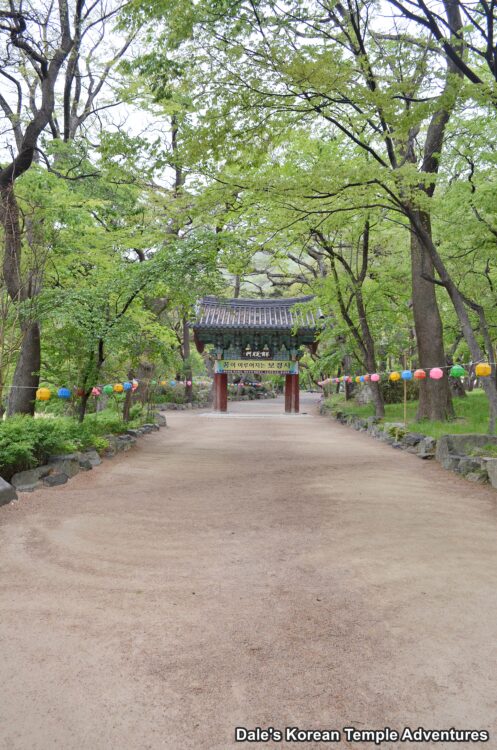
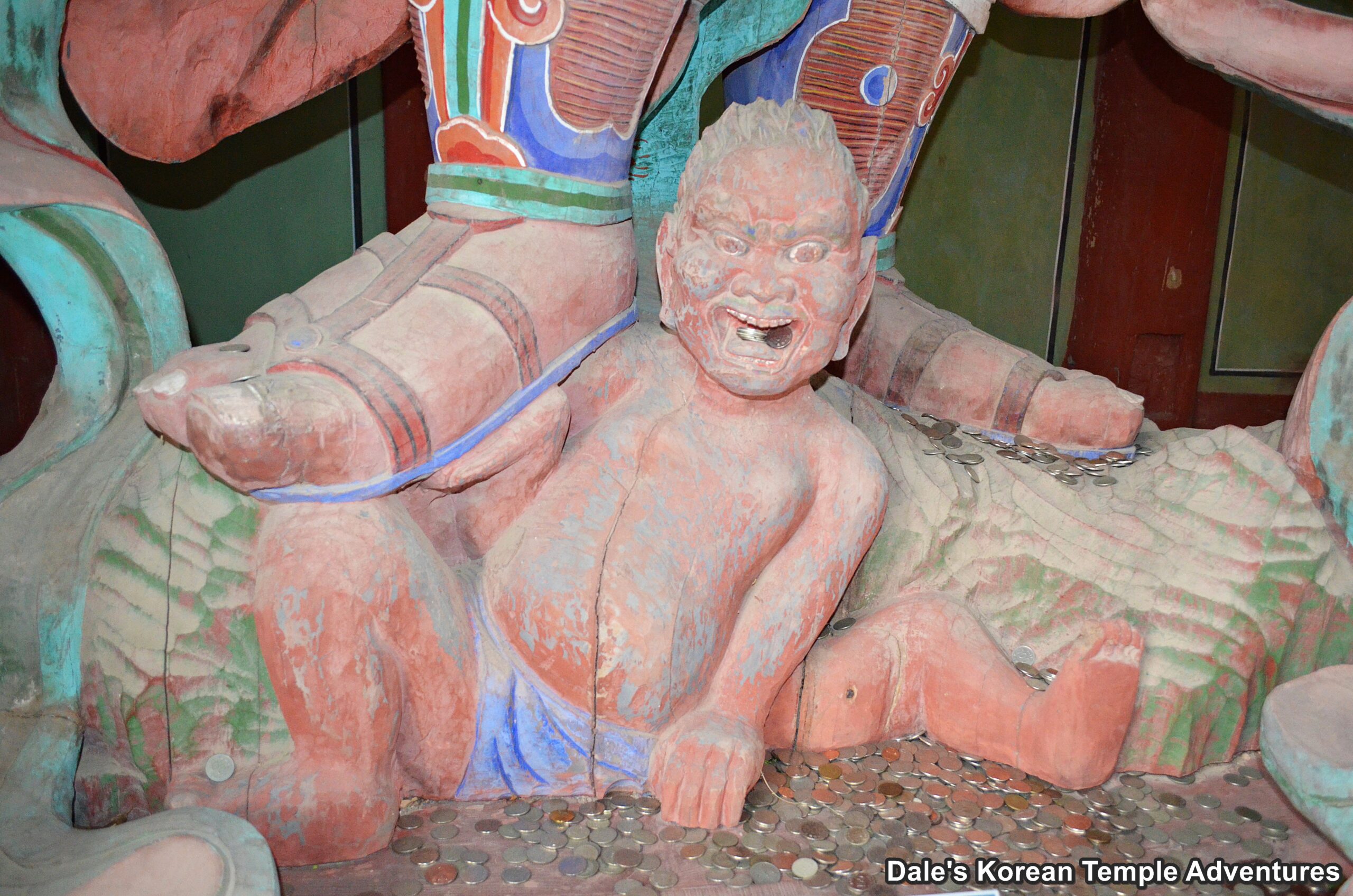
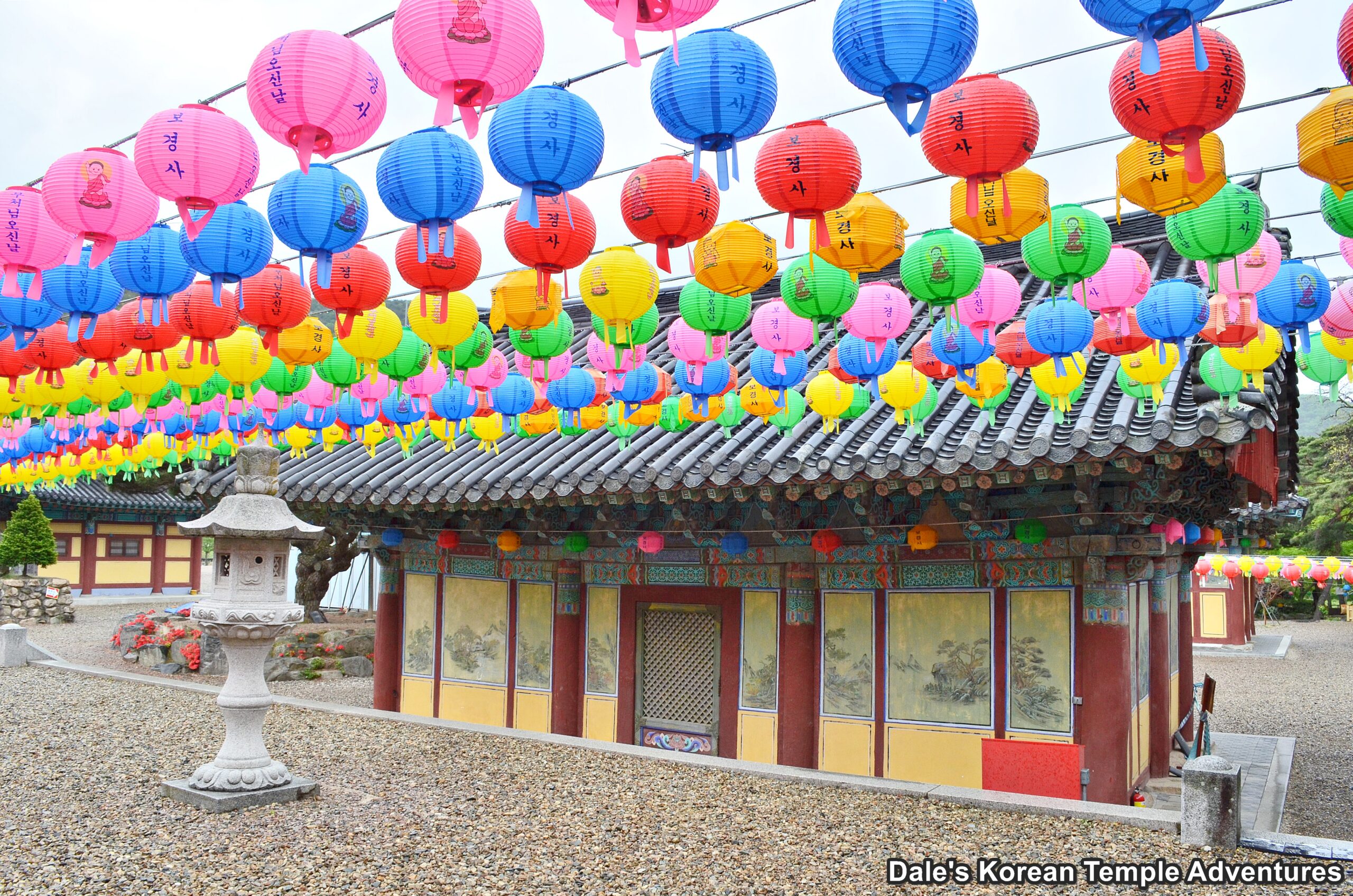
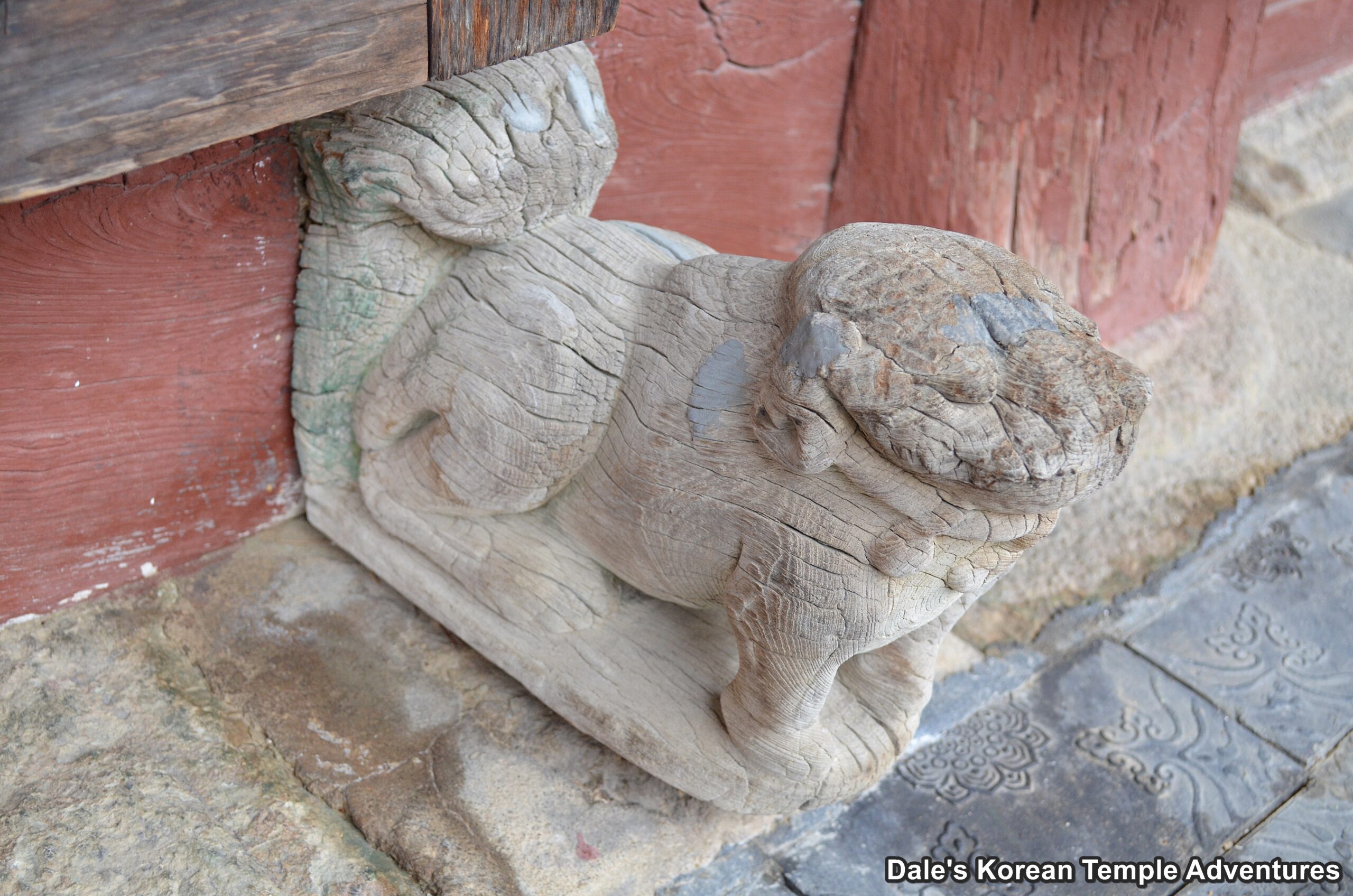
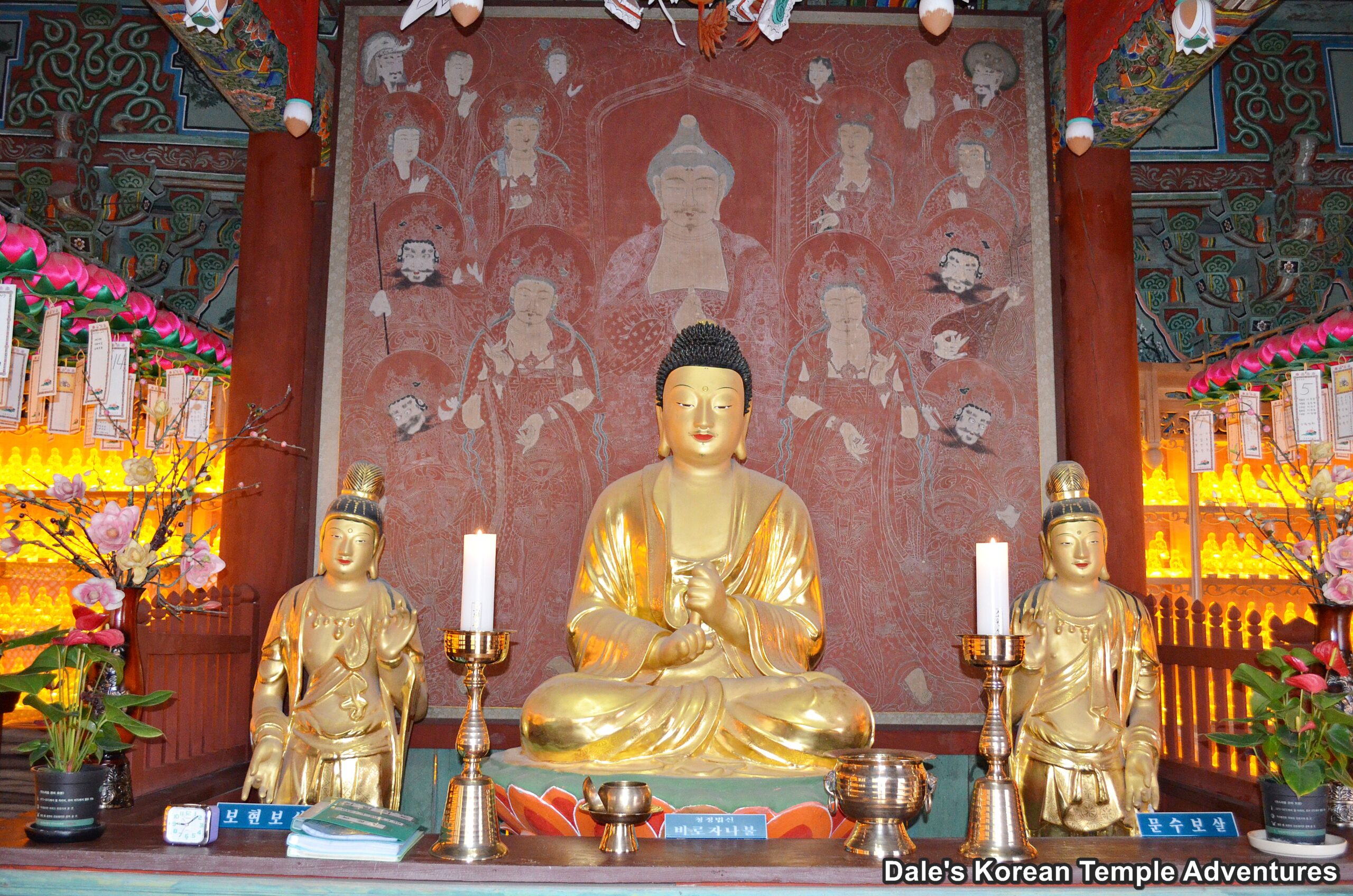
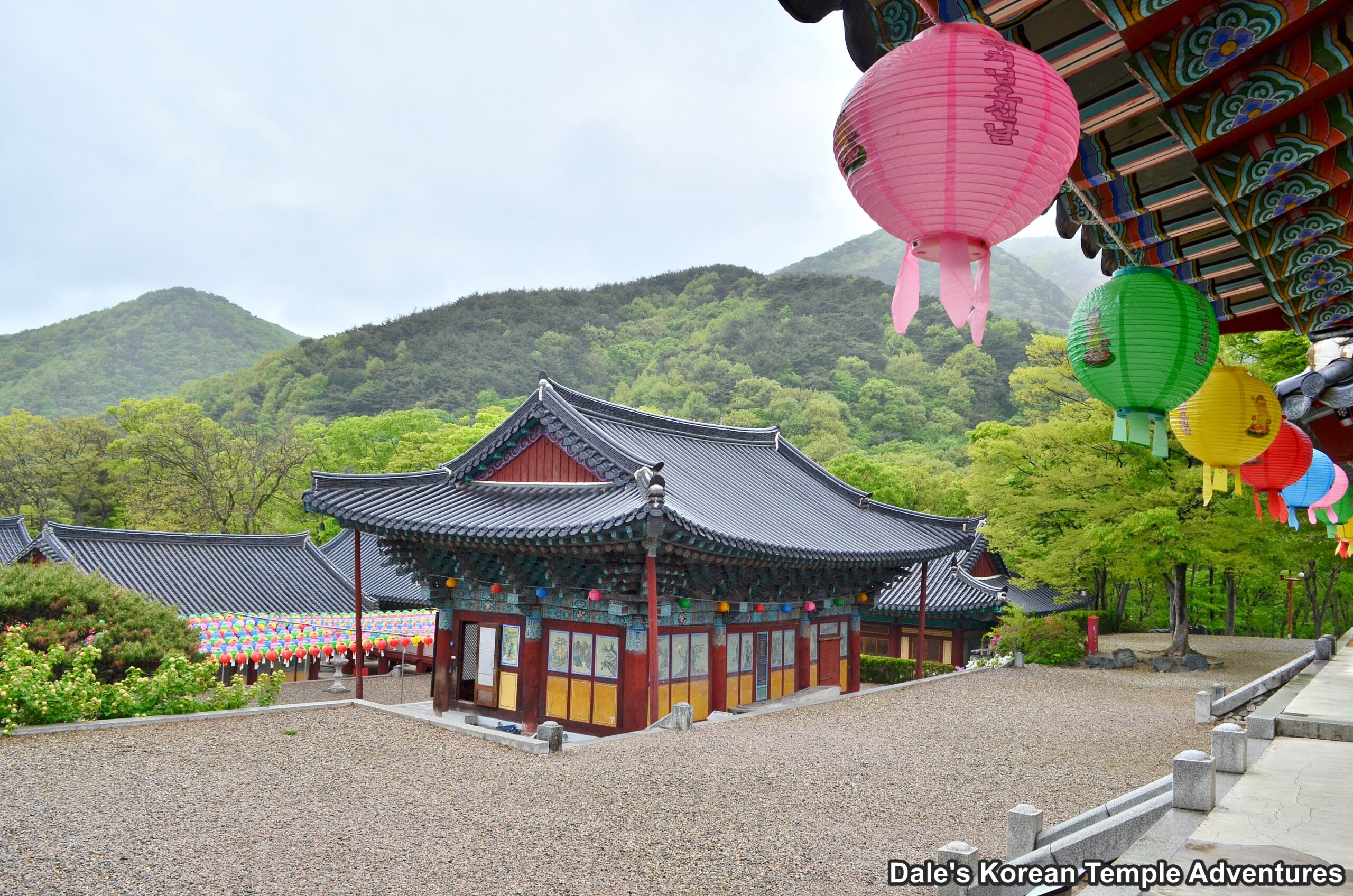
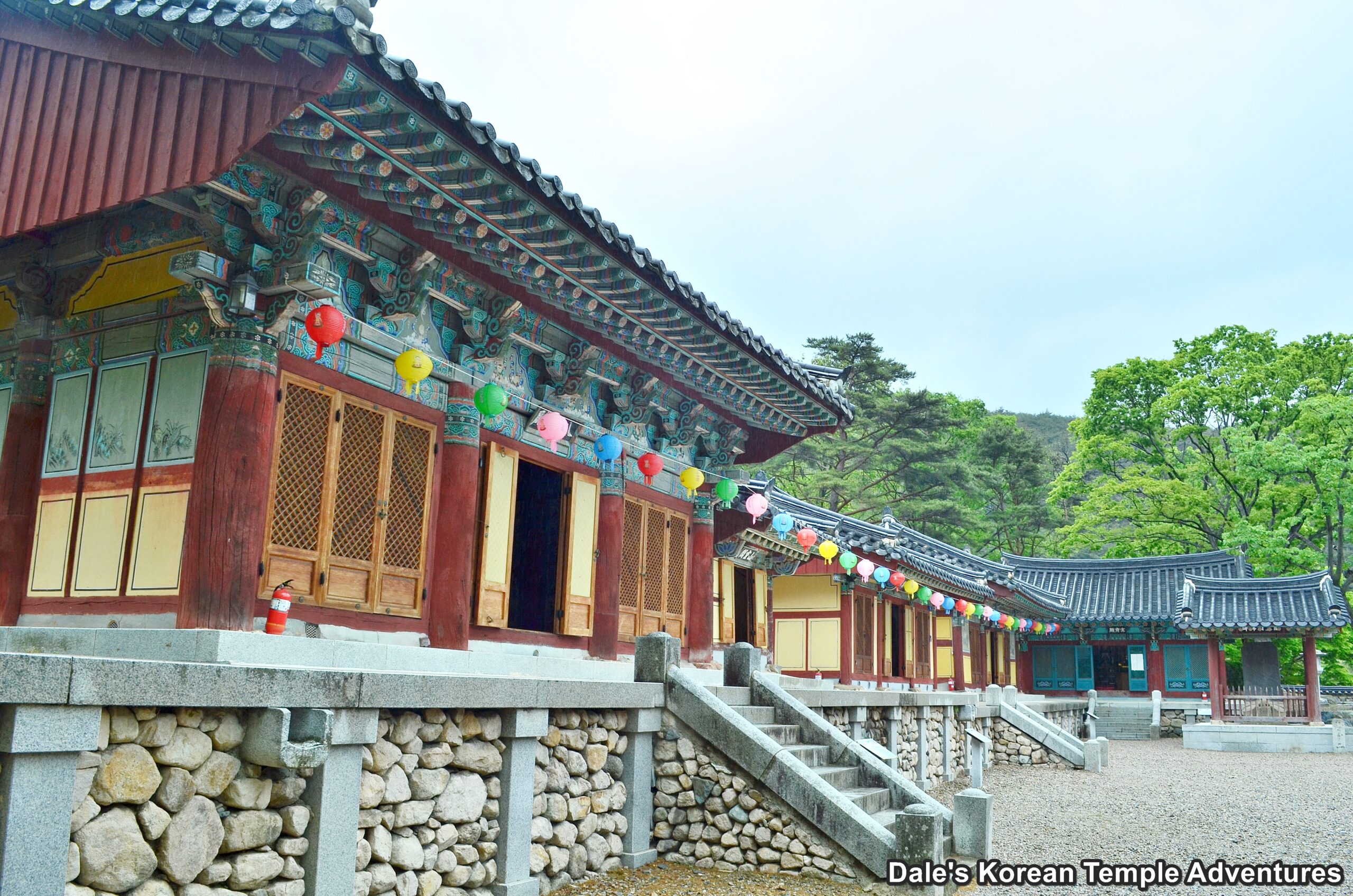

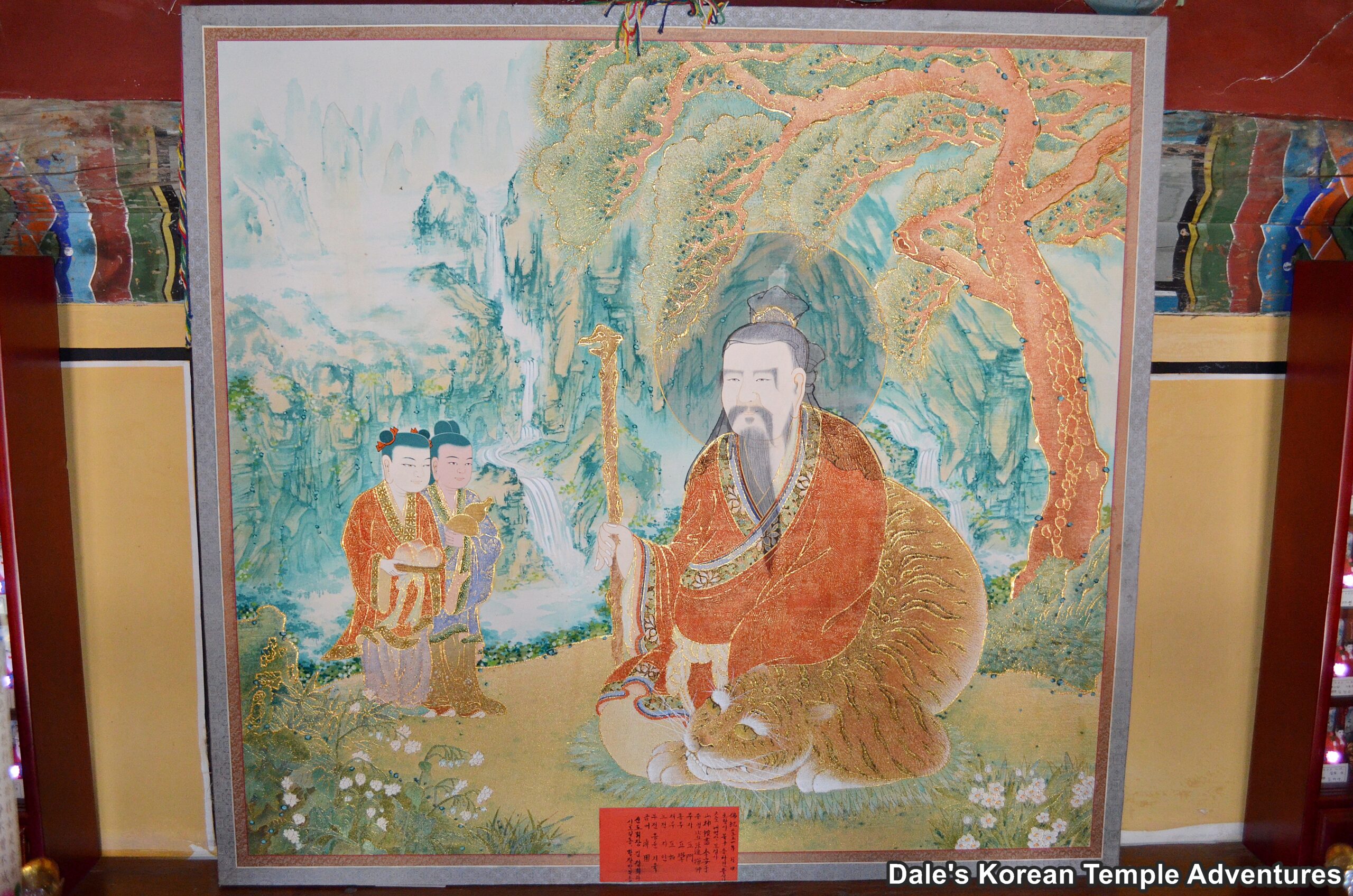
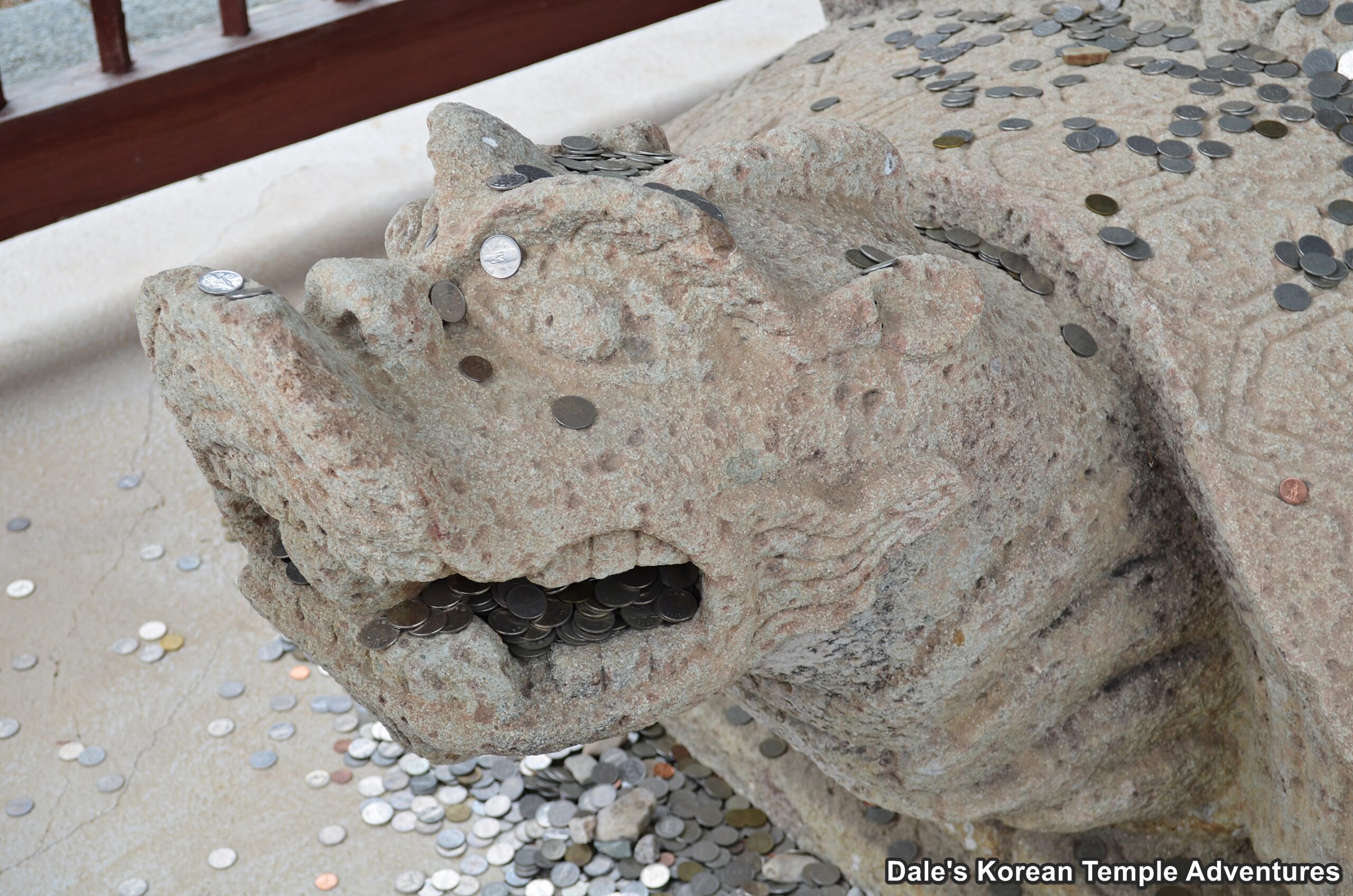
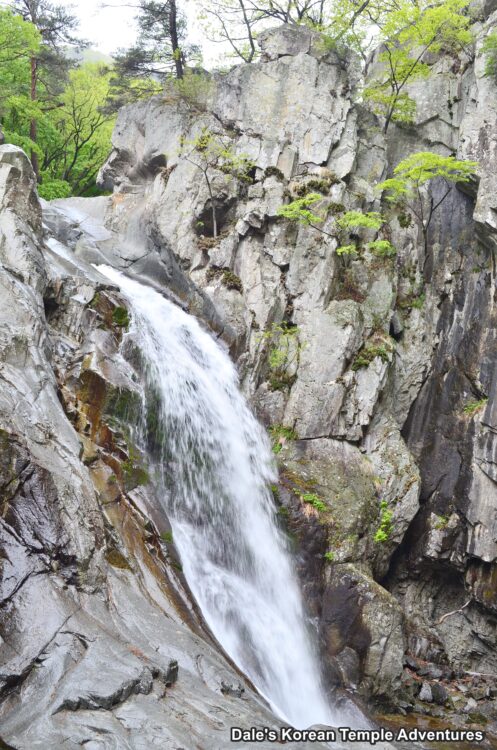


Recent comments